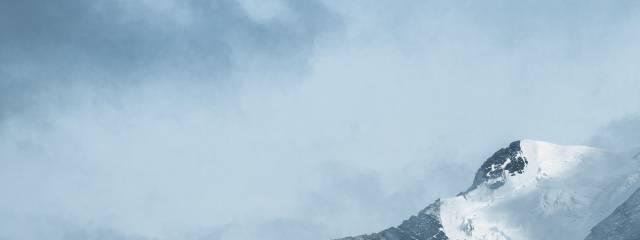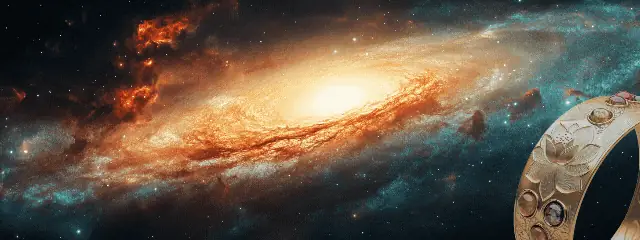search
| acupoint | Yuzhen |
bubble_chart Category _en.webp) Located on the back of head, 2.5 cun directly above the midpoint of posterior hairline (Naohu (GV17)), 1.5 cun lateral to the depression, level with the upper edge of the external occipital protuberance, and 2.5 cun directly above Tianzhu (BL10).
Located on the back of head, 2.5 cun directly above the midpoint of posterior hairline (Naohu (GV17)), 1.5 cun lateral to the depression, level with the upper edge of the external occipital protuberance, and 2.5 cun directly above Tianzhu (BL10).
Nanjing Benyi lists it as "Xuihui" (髓會, meeting point of marrow).
bubble_chart Etymology
The ancient name for occipital bone is "Yuzhen bone" (玉枕骨, jade pillow bone", and the acupoint is located above it, hence the name.
_en.webp)
Yuzhen (BL9) acupoint
(quoted from From "Meridians and Acupoints")
(quoted from From "Meridians and Acupoints")
- Zhenjiu Jiayi Jing: "1.3 cun lateral to Naohu (GV17), on the fleshy part of the occipital bone" ,
- Qianjin Yaofang states: "On the fleshy part of occipital bone".
- Zhenjiu Jiayi Jing: "0.7 cun posterior to Luoque (BL8)";
- Qianjin Yaofang states: "0.75 cun";
- Zhenjiu Zisheng Jing: "Tongren states that Yuzhen (BL9) is 1.5 cun posterior to Luoque (BL8);
- Mingtang Jing states it is 0.75 cun. According to annotation in Suwen, Yuzhen is 0.7 cun posterior to Luoque (BL8), which is not far from Mingtangs' 0.75 cun. Therefore, Suwen should be taken as the standard. However, since Yuzhen (BL9) located on either side of Naohu (GV17), they should not be only 0.7 cun away from the cranial vault.
- Tongren's 1.5 cun must have a reason, and those who understand should be able to discern it (based on the collation of various texts, 1.5 cun posterior to Luoque (BL8) is correct).
- Lingshu Jingmai Yi states: "1.5 cun posterior to Luoque (BL8), or alternatively, 3 cun above the posterior neck at hairline, 1.3 cun lateral to Naohu (GV17). Currently, Tongren Shuxue Zhenjiu Tujing measurement of 1.5 cun is generally followed.
- Muscle: occipital muscle.
- Nerve: branch of greater occipital nerve. Inside the cranial cavity, it corresponds to the visual area of the occipital lobe of brain.
- Vessels: occipital artery and vein.
Subcutaneous insertion 0.3~1 cun along skin. Moxibustion is generally not applied.
Dispel wind, improve vision, clear mind.
- Classical: head heaviness, dizziness, nape pain, aversion to wind and cold, vomiting, depressive psychosis, acute pain in ocular system, blurred vision, myopia, nasal congestion with loss of smell, sudden collapse with stiffness, stiff neck, deafness.
- Modern: myopia, occipital neuralgia, mouth ulcer, itchy feet.
bubble_chart Other Related Items






